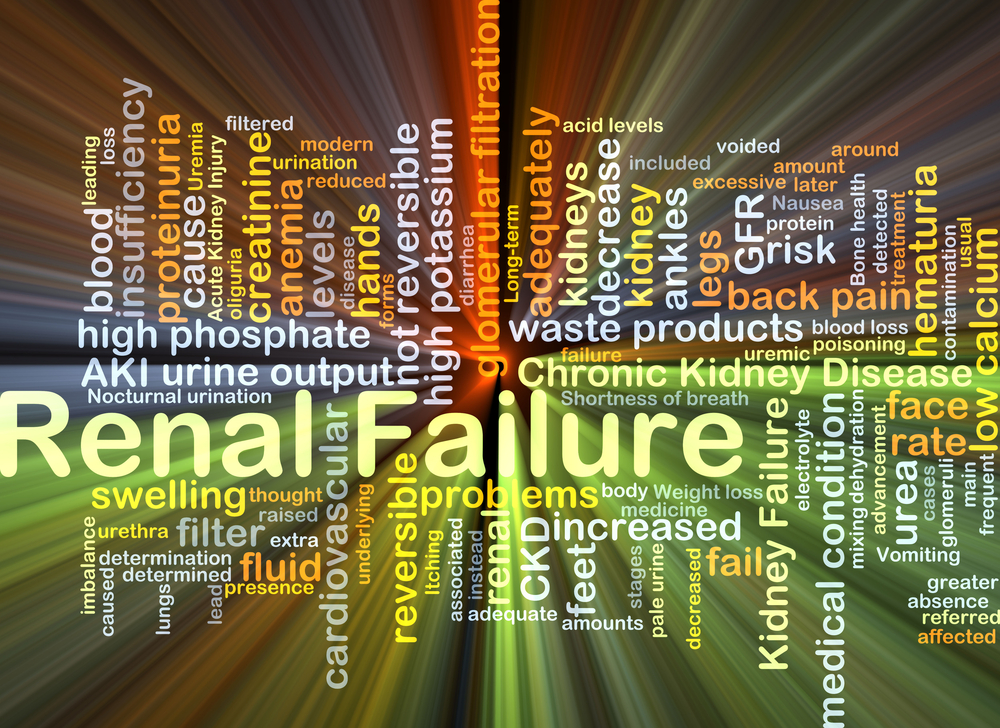In a previous post, I dug a little into pharmacodynamics. In this post I am going to be explaining pharmacokinetics. In pharmacy and the medical profession we tend to use really big, fancy words to intimidate people, not sure why, but we do. Remember that:
Pharmacodynamics is what the drug does to the body.
Pharmacokinetics is what the body does to drugs. The four major principles of pharmacokinetics involve:
- Absorption
- Distribution
- Metabolism
- Elimination
To explain pharmacokinetics, I couldn’t think of a better example than digoxin. Kinetics is an extremely important concept in all patients, but maybe even more important in our geriatric population. Given digoxin is primarily eliminated (>50%) through the kidney, we should be able to recognize that changes in kidney function can greatly impact how much drug is in the body. The greater the change, the more likely we are going to run into issues with accumulation of the drug and possible toxicity. Here’s a scenario from the past involving digoxin toxicity and the highest level I’ve ever seen!
In digoxin’s case, as kidney function gets worse, the amount of drug in the body will increase. The degree of increase in concentration will generally depend upon the significance and timing of the change. In acute renal failure, the risk of toxicity is going to come on more quickly. In chronic kidney disease, the risk of toxicity may be more of a subtle onset.
Want more clinical pharmacy pearls? Do you want them for free? Click here to check out 30 medication mistakes I commonly see in my practice as a clinical pharmacist!



We need to better explain pain control and realitic expectations. Not all causes of pain can be eliminated by drugs. Patients often do not have realistic expectations because health providers lie